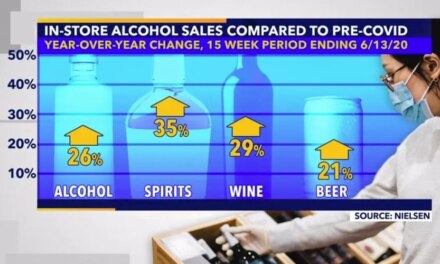First off, a link to the Physicians for Responsible Opioid Prescribing (PROP) website.
An epidemic is an unanticipated, often sudden increase in the number of cases of a disease or disorder, well beyond what would normally occur in a population. Epidemics require a planned, organized response– one that includes public education, close tracking and monitoring, access to treatment, and usually, some level of restriction or control designed to stem growth. That’s true for opiate overdose as well as for Zika. The expectation: These steps will continue while the epidemic persists.
It takes a while for such efforts to have the desired effect. That’s partly due to scale. By the time experts fully recognized the scope of America’s prescription opioid problem, it was well-established, even entrenched. Physicians had been taught that chronic pain was vastly undertreated, and encouraged to resort to opioid medicines as a first-line response. Once that thinking is common, it takes time to change it.
Monitoring programs allow physicians to track their patient’s use of painkillers, even where several providers are involved. In states where such programs exist– currently about half– prescriptions have decreased by an average of 30%. No one’s sure exactly why this happens, since there are no consequences. Just tracking alone seems to significantly reduce reliance on opioids.
Most opioid painkillers are prescribed by family or general practitioners, not by pain specialists. When we realize exactly how many patients a typical family doc sees in a year (5000+?) and how brief the visits can be (less than 15 minutes), it isn’t difficult to see how automatic the process could become– as in, “complaint of pain = prescription for opioids.” Even with monitoring, 7 in 10 opioid prescriptions are still written, so the impact is more in terms of harm reduction. And there is a resulting decline in overdose.
Putting aside the Pill Mill phenomenon for the moment, a pain specialist with experience in abuse and addiction is far better qualified to monitor long-term use of opioids than most doctors. Some larger medical practices in high opioid use areas have retained a specialist, to whom such cases are referred. It might be a physician or nurse practitioner. I’m sure there is additional expense involved.
That’s why it might be in the best interest of insurance companies to authorize extra payment for selected clinics or medical practices that adopt innovative programs such as these.













